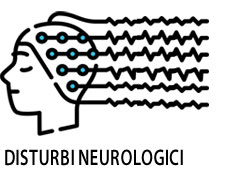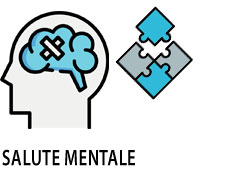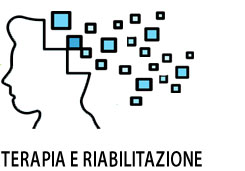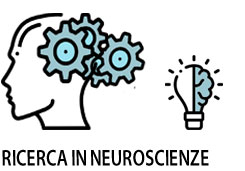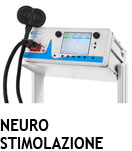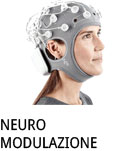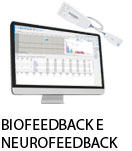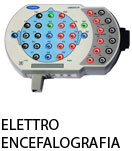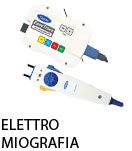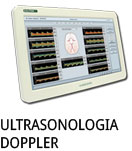- +39 011 5821948
- info@geasoluzioni.it
- Lun - Ven 8:00 - 17:30
Pubblicazioni
Prolonged continuous theta-burst stimulation is more analgesic than 'classical' high frequency repetitive transcranial magnetic stimulation
- Abstract:
- BACKGROUND: Repetitive transcranial magnetic stimulation (rTMS) of the primary motor cortex (M1) at high frequency (>5 Hz) induces analgesic effects, probably by activating pain modulation systems. A new rTMS paradigm--theta burst stimulation (TBS)--consists of bursts of three pulses at 50 Hz repeated five times per second. Like high frequency rTMS, both intermittent and prolonged continuous TBS (iTBS and pcTBS) lead to a facilitation of cortical excitability. OBJECTIVES: (1) to evaluate the analgesic effects of neuronavigated iTBS and pcTBS, comparing them with those of classical high frequency rTMS (10 Hz) over the left M1, (2) to elucidate the role of conditioned pain modulation (CPM) in the antinociceptive effect of rTMS and (3) to investigate possible correlations between analgesia and cortical excitability. METHODS: Fourteen healthy volunteers participated in four experimental sessions, carried out in a random order (iTBS, pcTBS, 10 Hz rTMS or sham). Cold pain threshold, CPM and cortical excitability measurements were carried out before and after rTMS. RESULTS: We found that the analgesic effects of 10 Hz rTMS and pcTBS were significantly superior to those of sham rTMS. Moreover, pcTBS was significantly more effective than 10 Hz rTMS (P = 0.026). Analgesia did not seem to be driven by changes in CPM or cortical excitability. CONCLUSION: Prolonged cTBS has considerable clinical potential, as it has a shorter treatment duration (by a factor 8) and stronger analgesic effects than the classical high frequency protocol. Studies in patients are required to confirm the potential of this new stimulation paradigm for clinical applications.
- Patologie/Applicazioni:
- Anno:
- 2015
- Tipo di pubblicazione:
- Articolo
- Parola chiave:
- dolore; theta burst
- Testata scientifica:
- Brain Stimulation
- DOI:
- 10.1016/j.brs.2014.10.006
La nostra storia
GEA soluzioni si affaccia nel 2013 al mercato della strumentazione medicale di alto livello tecnologico ma la sua storia parte da più lontano, clicca qui per approfondire.
GEA SOLUZIONI SRL
via Issiglio 95/10, Torino
Tel.: 011 5821948 / 011 4463853
Fax: 011 0433281
Email: info @ geasoluzioni.it
P. IVA IT11696920013
REA TO1233648

